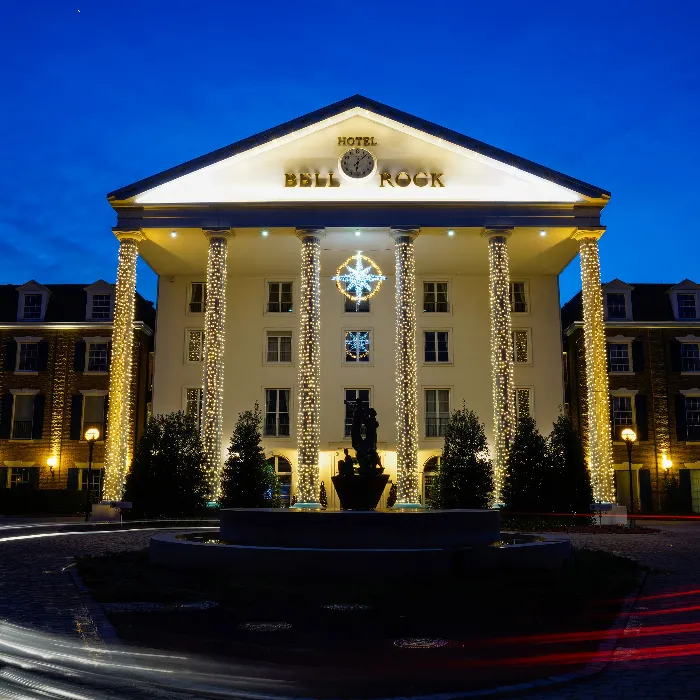Photography is more than just capturing a moment; it is art. Especially in hotel photography, it is important to capture the best lighting conditions and atmospheric moods to attract potential guests. In this tutorial, we will shed light on exterior photography during the blue hour and the techniques behind it. You will receive valuable tips to expand your knowledge in hotel photography and perfect your shots.
Key Takeaways
- The blue hour offers harmonious lighting conditions that create interesting contrasts.
- The dynamic range of modern cameras allows you to optimize post-processing image editing.
- When shooting with people, consent is important to avoid legal issues.
Step-by-Step Guide
The following section will guide you through the crucial steps to create impressive exterior shots of a hotel during the blue hour.
1. Choose the Right Time
At the start, it is crucial to time the exact moment of the blue hour. The light changes quickly, so you should arrive on site in time. Ensure that your camera and accessories are ready. Sunset is the perfect time to capture the changes in light. You will quickly notice how dramatic the colors in the sky are and how they can highlight the hotel architecture.
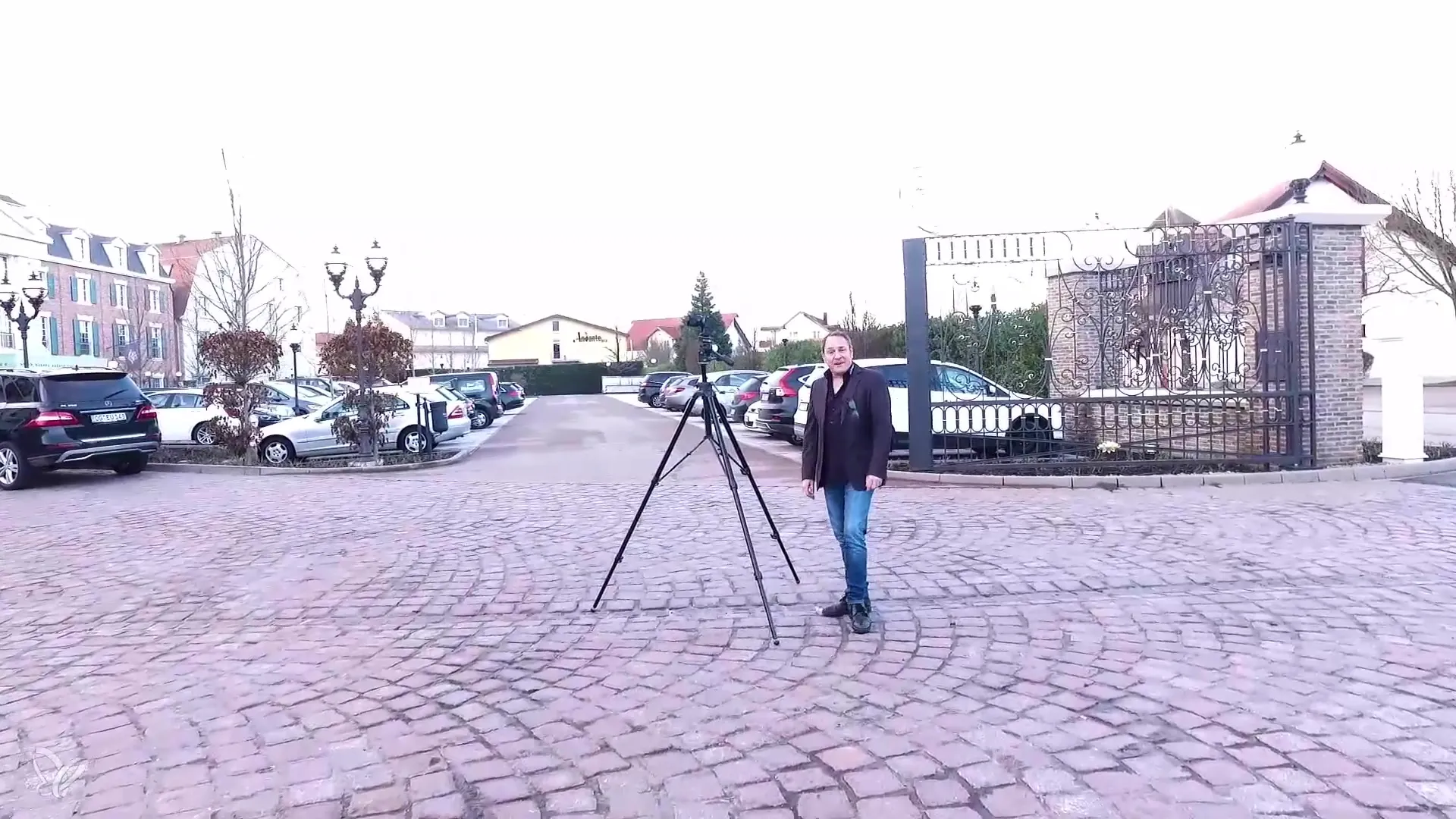
2. Prepare the Shot
Camera settings are now important. You can use exposure bracketing to capture different exposures. This means taking a series of images with different exposure corrections: one normal exposure, one underexposed shot, and one overexposed shot. This will give you the flexibility you need in post-processing to generate the perfect image.
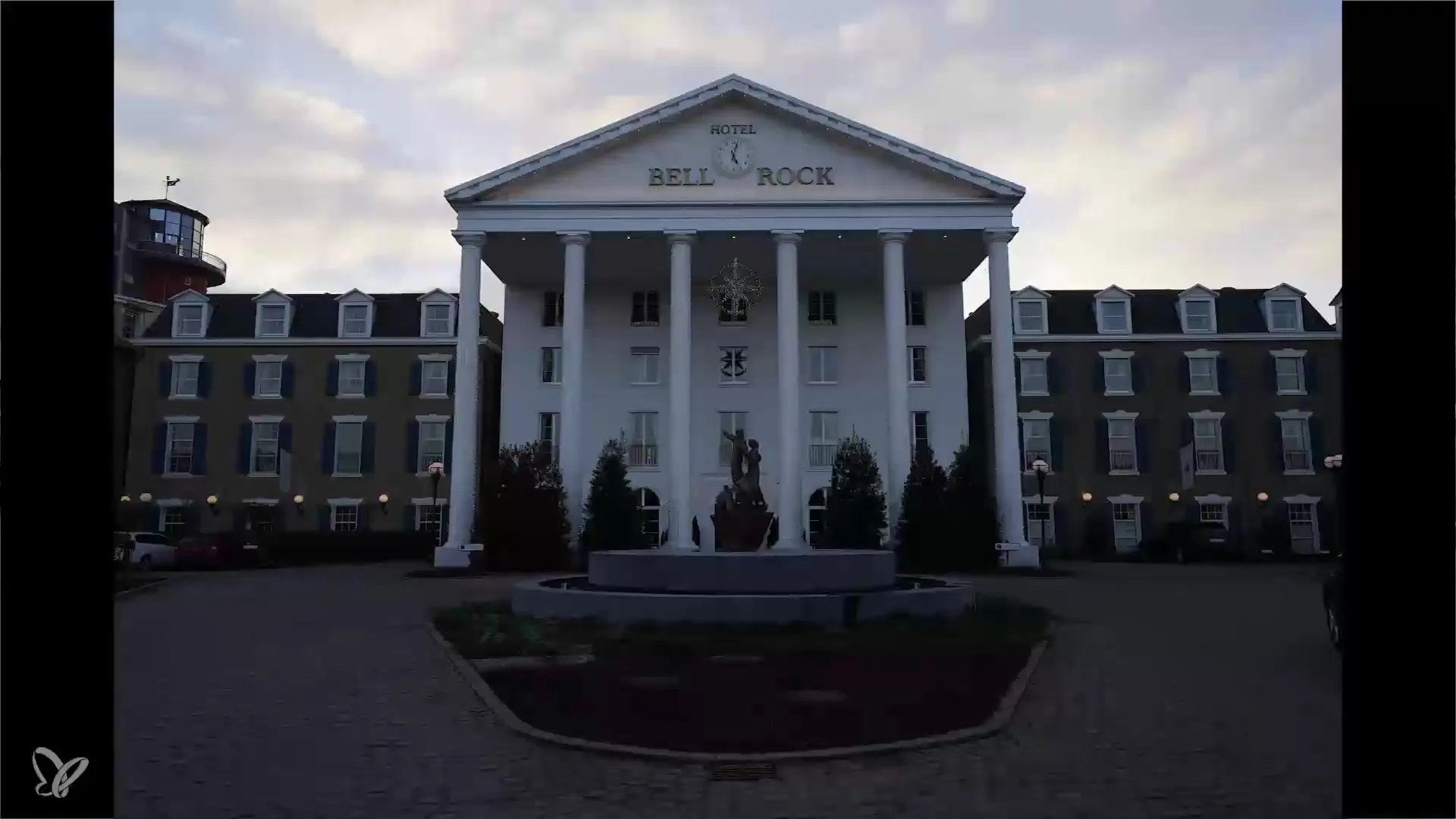
3. Play with Light and Shadow
Use the contrasts between light and shadow to create interesting compositions. With large brightness differences, you might consider a graduated filter to balance the highlights and shadows. However, it is important to mention that the dynamic range of today's cameras is so high that you can often achieve good image quality even without a filter. In post-processing, you can then brighten the dark areas while maintaining the lighting conditions.
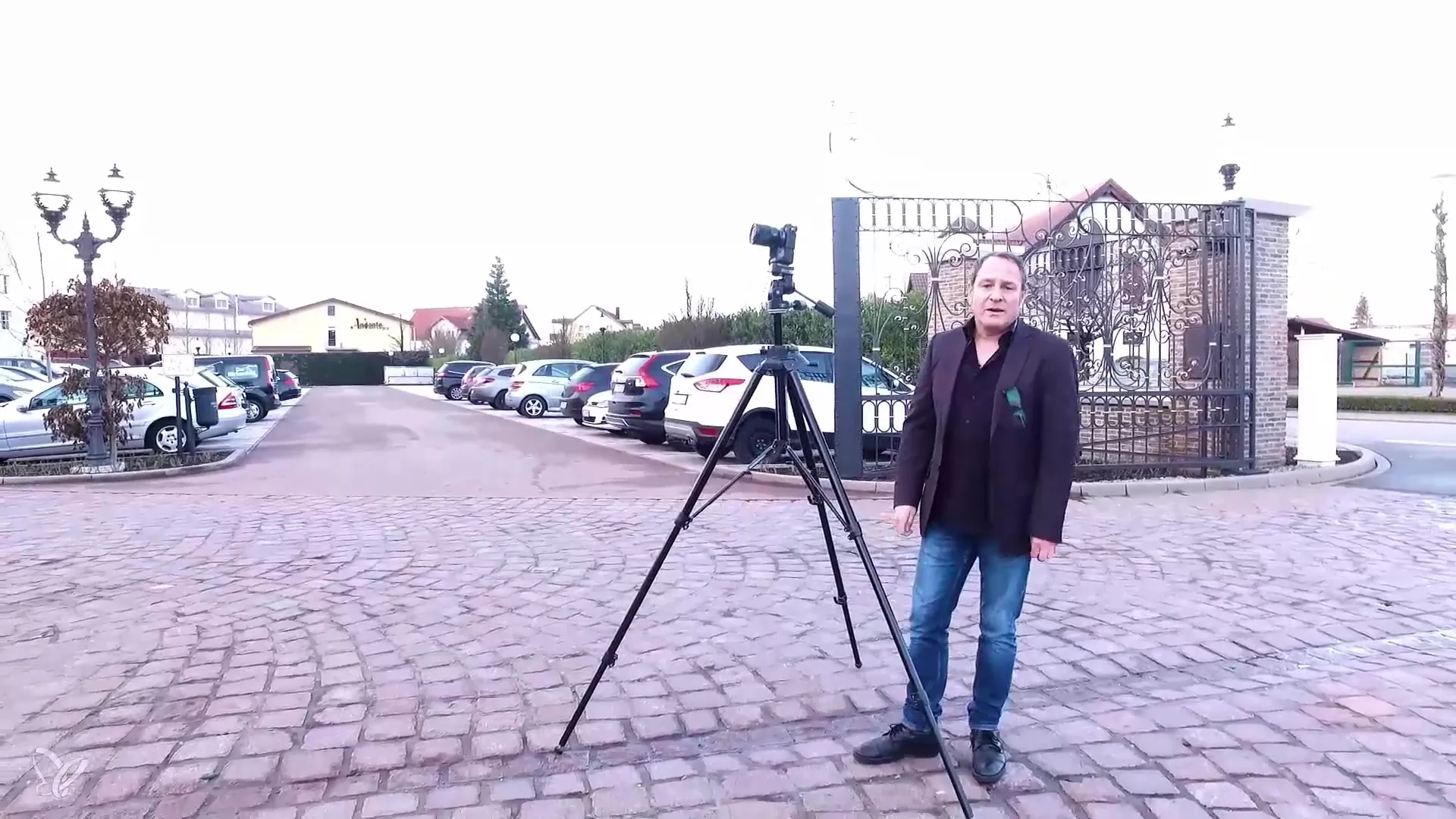
4. Shooting with and without People
If you want to include people in your images, be aware of the legal aspects. The consent of depicted individuals is important, especially if the image is to be used commercially. Alternatively, you can photograph people in a way that they are not clearly recognizable, such as through motion blur. This brings dynamism to your shots without causing legal issues.
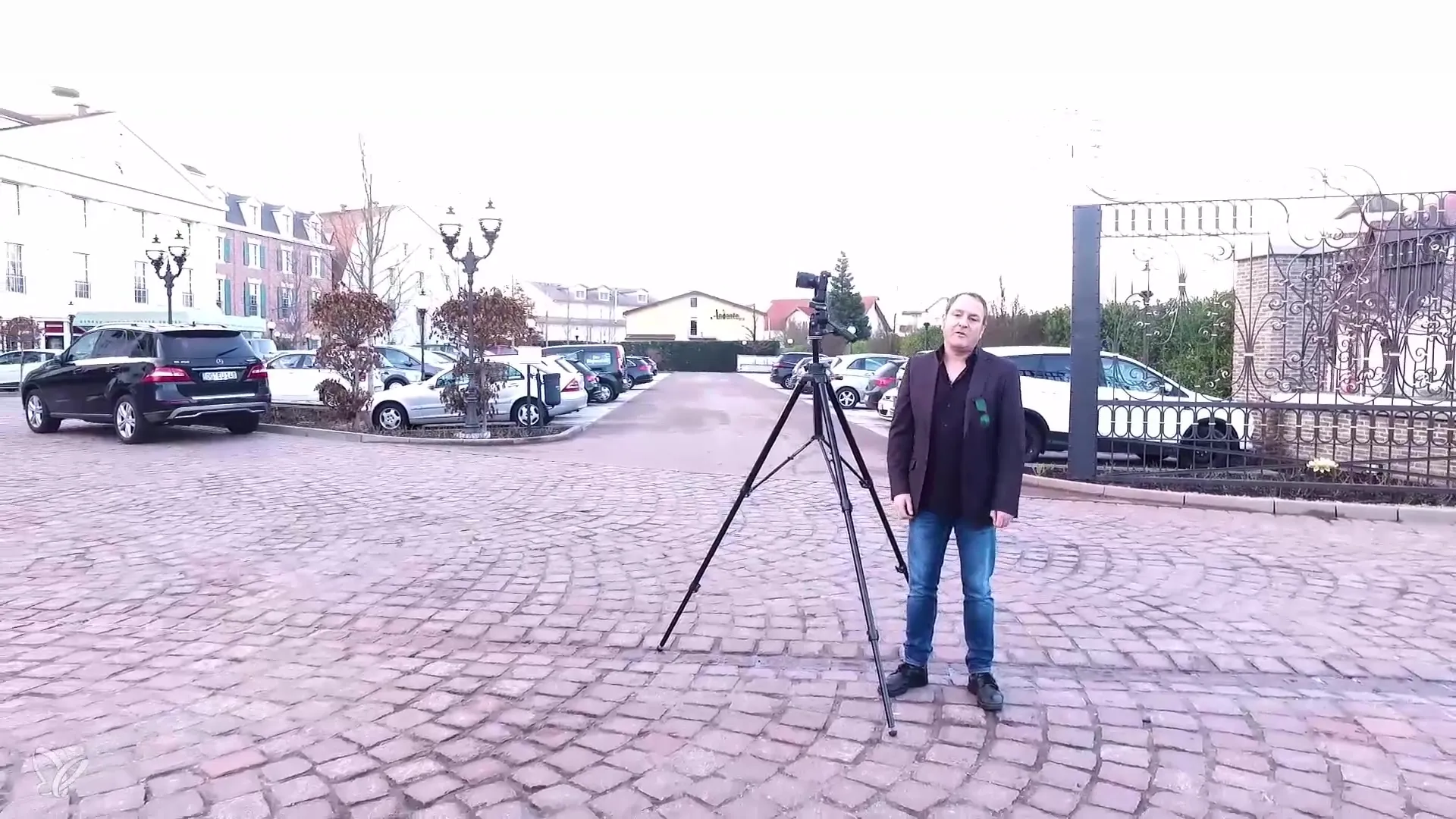
5. The Final Shot and Artificial Light
As you take your final shots, pay attention to when the artificial lights of the hotel and other light sources turn on. The combination of natural light and artificial light creates a fascinating atmosphere. It is advisable to capture these moments, as they emphasize the warm and inviting mood of the hotel. Make sure you have completed your series of images, and especially take some shots that show the illuminated windows.
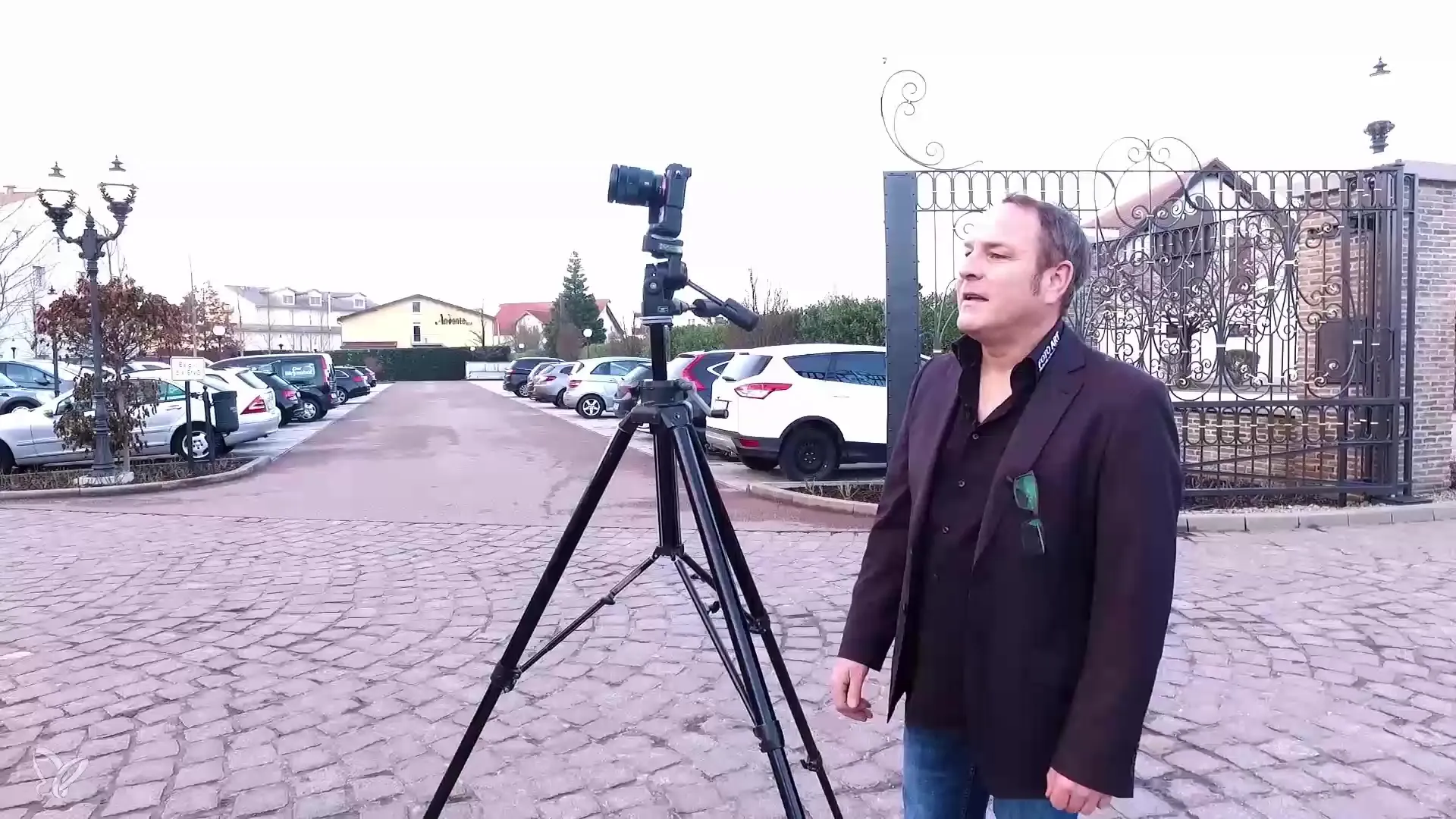
6. Post-Processing Your Photos
After you have taken your shots, post-processing is the next step. Use software like Lightroom or Photoshop to optimize exposures. You can adjust brightness, contrast, and colors to refine the image. Remember to lift the shadows and soften the highlights to enhance image sharpness and give the picture more depth.
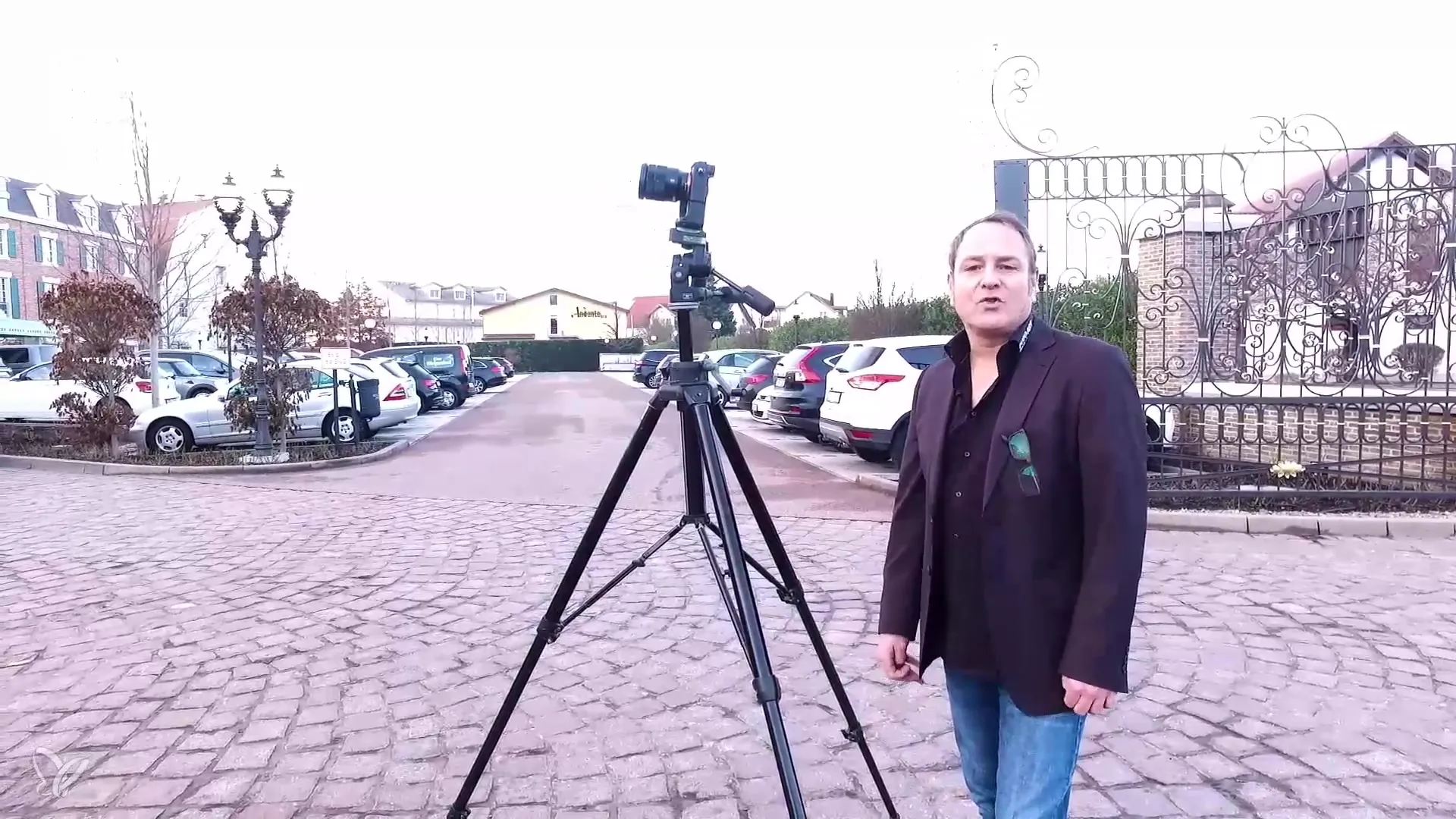
Summary – Hotel Photography: Exterior Shots During the Blue Hour
Exterior photography during the blue hour poses special challenges but offers fantastic opportunities to present a hotel in its best light. Technical preparation, the right timing, and effective post-processing are crucial for achieving impressive results. Pay attention to lighting conditions, use the technique optimally, and respect people's privacy to avoid legal issues.
Frequently Asked Questions
How long does the blue hour last?The blue hour lasts about 20 to 30 minutes, depending on your location.
Do I need special lenses for hotel photography?A wide-angle lens is ideal for capturing the entire facade of a hotel.
Can I photograph in low light conditions?Yes, modern cameras offer good options for taking compelling images even in low light.
